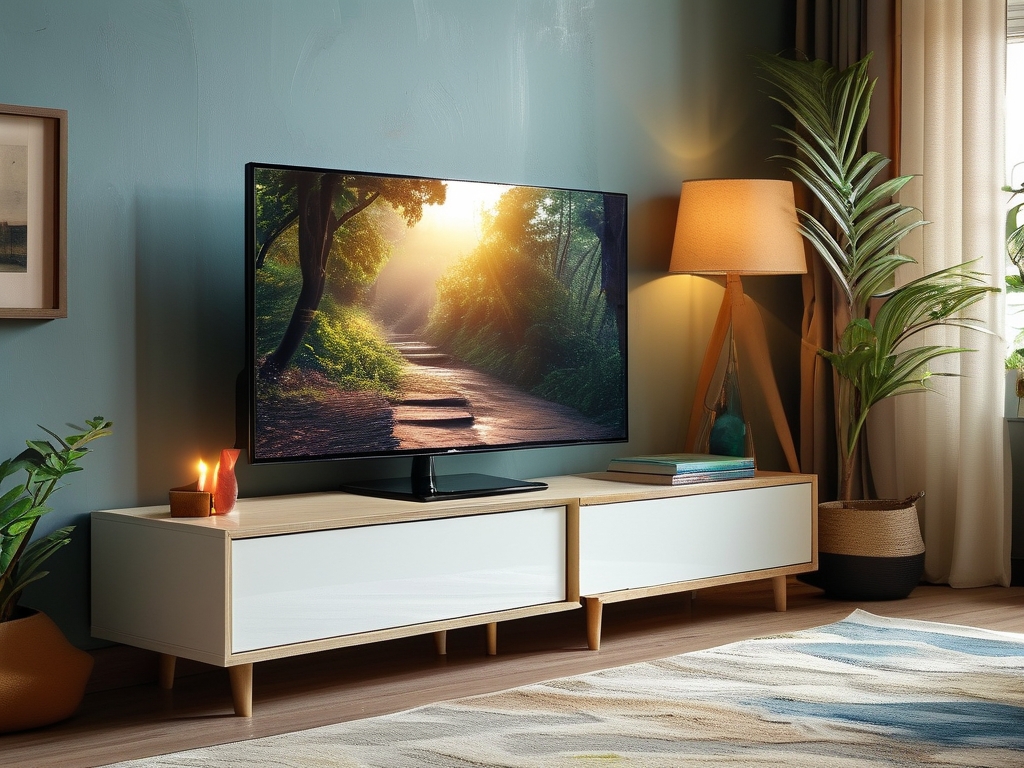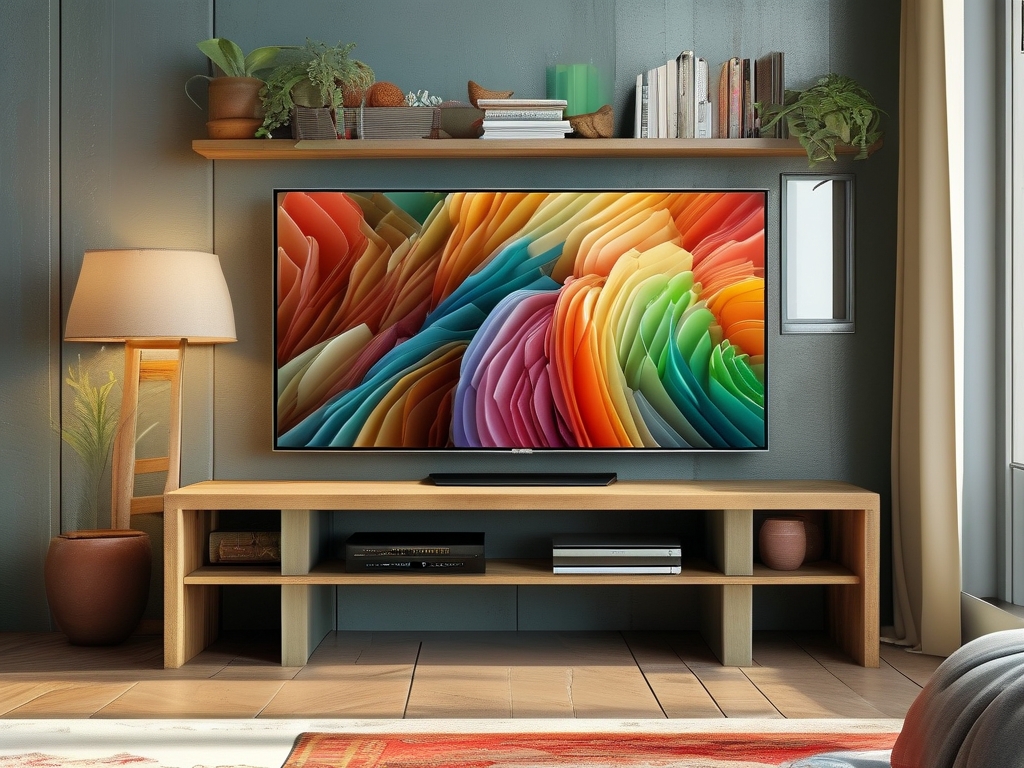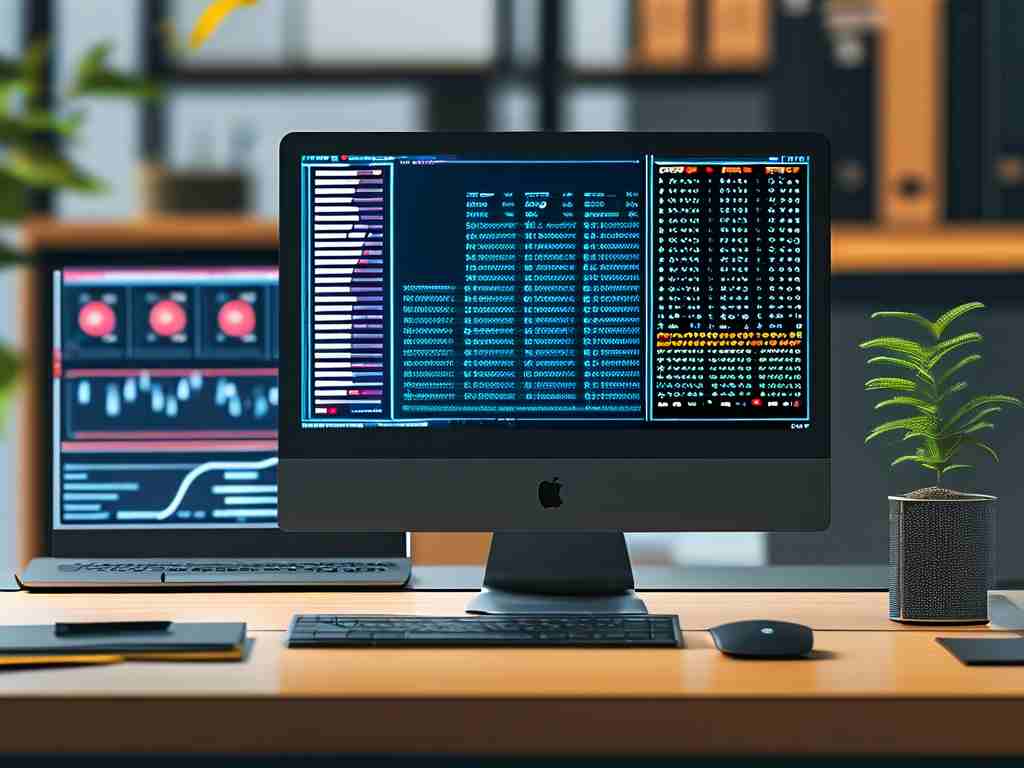In the era of smart televisions, understanding how TV memory is calculated has become increasingly important for consumers. Unlike traditional TVs, modern smart TVs rely on memory to manage operating systems, apps, streaming services, and firmware updates. However, the way manufacturers describe and calculate TV memory often leads to confusion. This article explores the technical aspects of TV memory calculation, common industry practices, and what users should know to make informed decisions.

1. Types of Memory in Smart TVs
Smart TVs typically incorporate two types of memory: RAM (Random Access Memory) and storage memory.
- RAM: This is volatile memory used for temporary data processing, such as running apps or buffering video streams. Higher RAM ensures smoother multitasking.
- Storage Memory: Non-volatile memory (e.g., eMMC or SSD) stores the operating system, apps, and user data.
Manufacturers often advertise total storage memory (e.g., "16GB") but rarely clarify how much is usable. A portion is reserved for the OS and pre-installed apps, leaving less space for users.
2. How Memory Calculation Differs from Marketing Claims
A key issue is the discrepancy between advertised and available memory. For example:
- A TV labeled "16GB storage" might only offer 8–10GB of usable space due to system files and bloatware.
- Memory units are calculated in decimal (1GB = 1,000MB) rather than binary (1GiB = 1,024MiB), creating a "loss" of ~7% in perceived capacity.
This practice, while industry-standard, often misleads non-technical buyers who expect the full advertised capacity.
3. Impact of Operating Systems on Memory Allocation
The TV’s OS plays a significant role in memory management:
- Android TV: Requires more RAM (2GB+) and storage due to its app-heavy ecosystem.
- webOS (LG): Optimized for efficiency, often running smoothly on 1.5GB RAM.
- Tizen (Samsung): Balances performance and memory usage, typically using 1.5–2GB RAM.
Firmware updates further consume storage over time, reducing available space. Users may face performance issues if storage nears full capacity.
4. Virtual Memory and Swap Space
Some TVs use virtual memory (swap space) to compensate for limited RAM. By allocating storage memory as temporary RAM, the TV can handle more tasks. However, this slows performance since storage memory is slower than physical RAM. For instance, a TV with 1.5GB RAM might use 2GB of storage as swap space, but app loading times could increase by 20–30%.
5. Calculating Actual Usable Memory
To estimate usable storage:
- Subtract the OS footprint (e.g., 4GB for Android TV).
- Deduct pre-installed apps (1–3GB, depending on the brand).
- Account for formatting overhead (5–10%).
For a 16GB TV, this might leave only 8–9GB for user apps and files.

6. Industry Practices and Consumer Transparency
Many manufacturers avoid detailing memory allocation in specifications. Regulatory bodies like the FTC have criticized this lack of transparency, but no strict guidelines exist. Advocacy groups urge brands to disclose:
- Actual free storage at launch.
- RAM allocation for system vs. user tasks.
- Expandability options (e.g., USB drives or cloud storage).
7. Future Trends in TV Memory Management
With 8K streaming, AR/VR integration, and AI-driven features, future TVs will demand more advanced memory solutions:
- Unified Memory Architectures: Combining RAM and storage for faster data access.
- Cloud-Based Memory: Offloading tasks to remote servers to reduce local memory dependency.
- AI Optimization: Predictive algorithms to clear cache or prioritize frequently used apps.
8. Tips for Buyers
- Prioritize TVs with expandable storage (USB or microSD slots).
- Check independent reviews for real-world storage and RAM performance.
- For heavy users (gaming, 4K streaming), aim for 3GB+ RAM and 32GB+ storage.
TV memory calculation is a blend of technical specifications, marketing strategies, and user expectations. By understanding the difference between advertised and usable memory, consumers can avoid frustration and choose devices that align with their needs. As technology evolves, transparency in memory management will likely become a key differentiator for brands.









